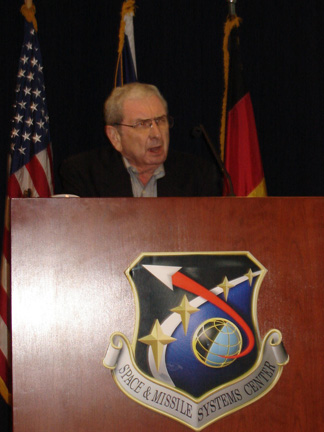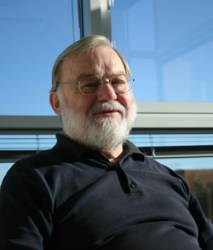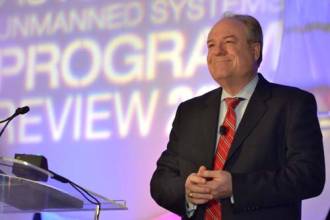U.S. Eases Export Regulations for GPS Receivers
 Eric L. Hirschhorn, Department of Commerce under secretary for industry and security
Eric L. Hirschhorn, Department of Commerce under secretary for industry and securityThe U.S. government is set to ease its export rules for space-related and high-speed GPS receivers, moving many such devices out from under the stricter control of the State Department to the portfolio regulated by the Commerce Department, which already oversees the export of civil GPS receivers.
“It’s definitely a move in the right direction,” said one GPS expert.
By Inside GNSS





























